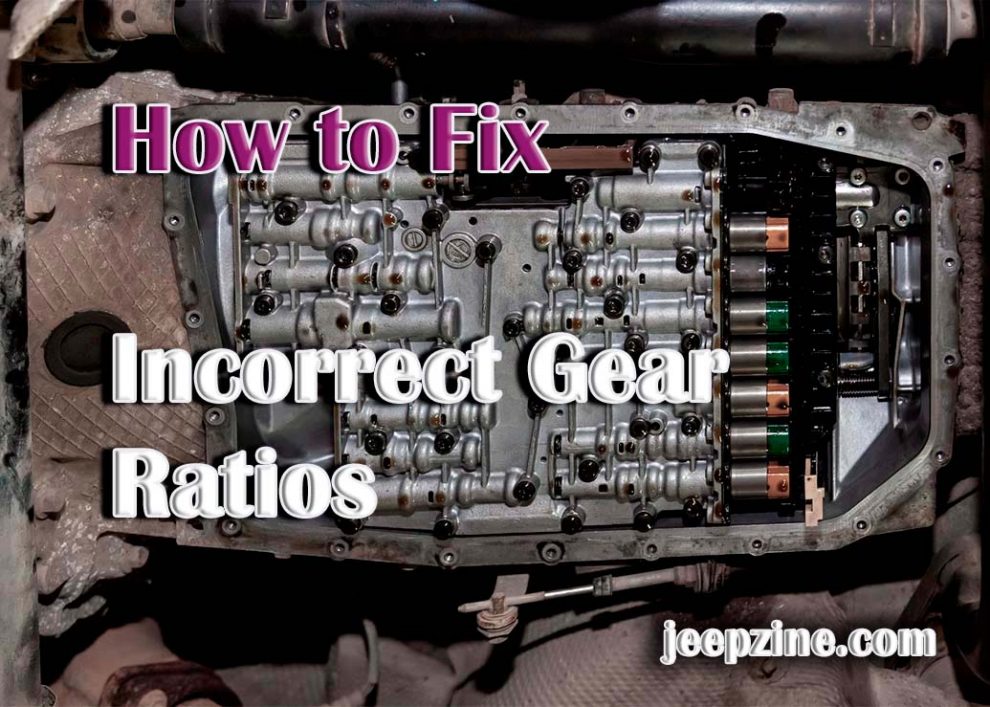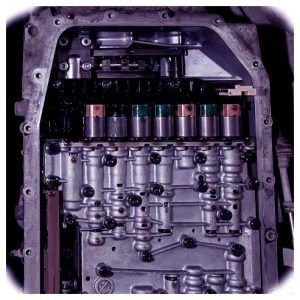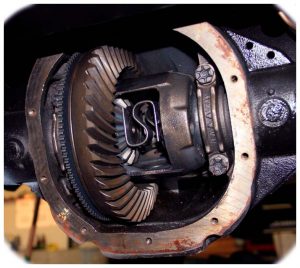Gear ratios are an integral part of any vehicle, and having the correct gear ratios is essential to ensure your vehicle functions smoothly and safely. Incorrect gear ratios can lead to poor performance and damage your car over time. In this article, we’ll discuss how to identify incorrect gear ratios and the best ways to fix them.
Symptoms of Incorrect Gear Ratios
The most common symptoms of incorrect gear ratios are sluggish acceleration, increased fuel consumption, and unusual noises from the drivetrain when shifting gears or accelerating/decelerating. Additionally, you may find that your vehicle needs to reach its maximum speed in certain gears or struggles to climb steep hills due to a lack of power. If you experience any of these symptoms in your vehicle, there’s a good chance you have incorrect gear ratios that need to be addressed.
 Causes of Incorrect Gear Ratios
Causes of Incorrect Gear Ratios
Incorrect gear ratio issues can be caused by several factors, such as worn-out differential bearings or gears, faulty shift linkage components, or improper installation when replacing the transmission or differential assembly. Another possible cause is the use of incorrect gear ratios during a vehicle modification process, such as swapping out a transmission or engine. It’s also worth considering that manufacturing defects or component failure can result in incorrect gear ratios. It is important to identify the source of the problem before attempting to fix it. Also read about ‘Jeep Selec-Trac problems‘ to understand how issues with this specific four-wheel-drive system can contribute to gear ratio errors.
Fixing Incorrect Gear Ratios
There are several different ways to fix incorrect gear ratios in your vehicle. Depending on the cause of the issue, you may need to adjust the gear ratio manually or replace certain components altogether. Here are some of the most common solutions for fixing incorrect gear ratios:
-
Adjusting the Gear Ratio Manually: If you suspect that your gear ratios are incorrect but haven’t identified the source of the issue, one option is to adjust them manually. This can be done by adjusting your shift linkage or by changing out certain differential gears or bearings with different sizes that will change your gear ratios accordingly. However, if you need to be more experienced with this kind of work, it’s better to leave it to a professional mechanic who can advise what parts need to be changed and how they might affect your vehicle’s performance.
-
Replacing the Differential Gears or Bearings: If you’ve identified worn-out differential gears or bearings as responsible for incorrect gear ratios in your vehicle, then replacing them is often a relatively easy and cost-effective solution. It is important to note, though, that if both gears and bearings need replacing, they should always be done together as they wear together over time and will require new parts simultaneously to achieve correct gear ratios again.
- Adjusting the Final Drive Ratio: If a faulty final drive ratio causes the incorrect gear ratio, then this should be adjusted accordingly. This requires removing the differential assembly from the vehicle and replacing it with one with a higher or lower final drive ratio to get the desired result. It is important to note that everything should only be done with professional assistance. Adjusting the final drive ratio can greatly impact your vehicle’s performance, depending on your goal.
Conclusion
Incorrect gear ratios can lead to poor performance and even damage your car over time if left unresolved, so it’s essential to identify and fix any issues early on. This article has provided an overview of how to identify incorrect gear ratios and some of the best ways to fix them, such as manually adjusting them, replacing worn-out differential gears or bearings, or adjusting the final drive ratio. Suppose you believe your vehicle may have incorrect gear ratios due to any of these issues. In that case, it’s best left in the hands of a professional mechanic who can advise on what needs to be done for you to get back on track with optimum performance from your vehicle.


 Causes of Incorrect Gear Ratios
Causes of Incorrect Gear Ratios
Add Comment